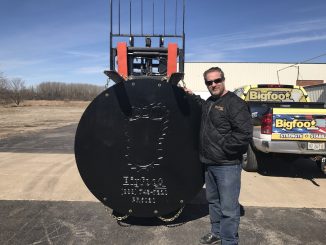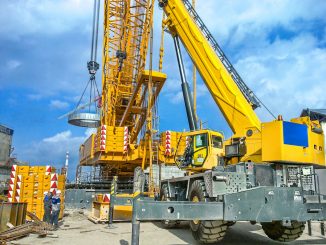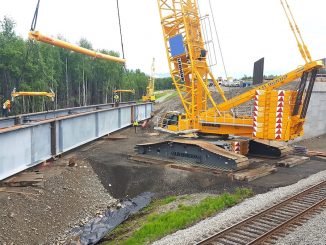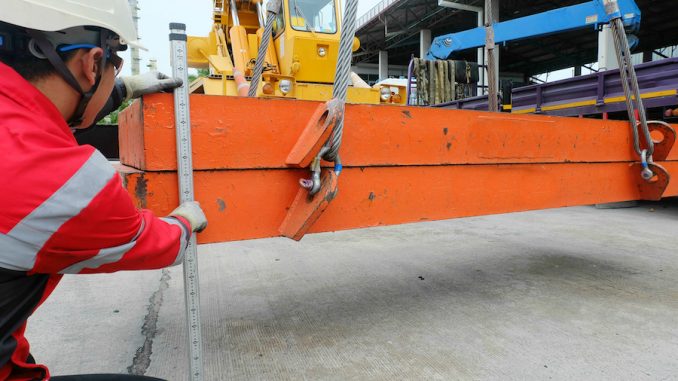
View the complete article here.
Cranes are one of the most common types of heavy equipment used on the jobsite… and they’re also one of the most dangerous.
Did you know that—according to the U.S. Bureau of Labor Statistics—an average of 44 people die in crane-related accidents in the U.S. each year?
We can go into great detail—for hours—but—at the very minimum—these OSHA inspection tips—which are the same guidelines OSHA officers use for abbreviated inspection—should be considered for any inspection of a worksite on which there is crane…
2. Check for visible indications of repairs of the crane.
3. When overhead power lines are on the construction site, ask if the utility owner/operator was contacted and if the lines are energized. Obtain the voltage of the power lines (if known). Verify whether a work zone around the crane was demarcated and what encroachment prevention steps are being used.
4. When a signal person is used on the worksite, verify the individual’s qualifications/documentation. Acceptable documents include both physical and electronic records.
5. Verify that the communication system being used by the crane operator and the signal person is the one specified on the signal person’s qualification documentation.
6. If lift plans are being used, verify that they are being followed.
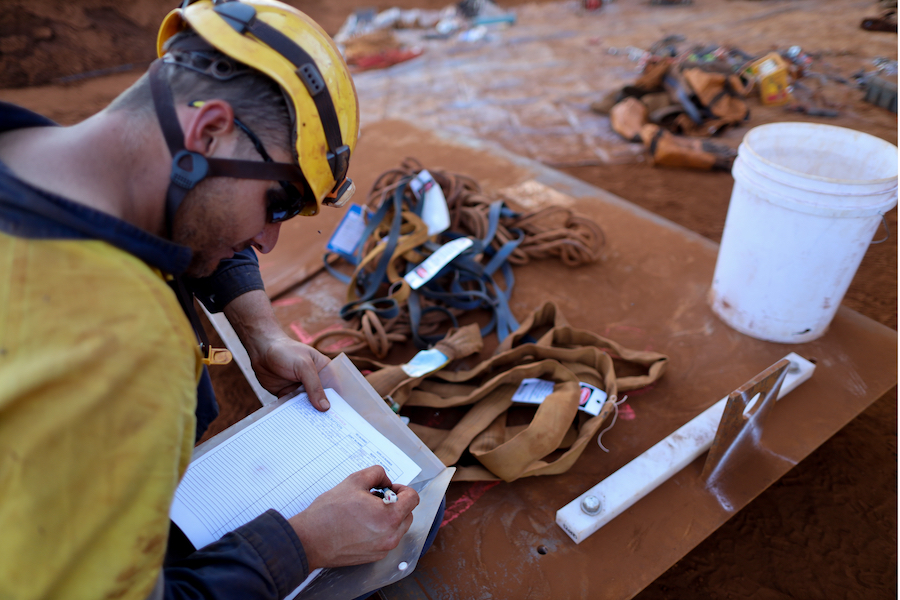
7. When equipment is used to hoist personnel, identify who determined that it is infeasible to use another way to reach the work area and that it is necessary to use the crane for this task.
8. Verify whether employers are holding required meetings, such as planning meetings necessary for working near overhead power lines, conducting Assembly/Disassembly, or hoisting.
9. Inspect all rigging equipment that is available for workers to use (slings, chokers, shackles, etc.) for damage, wear, safe working load tags, capacity, and safety factor.
10. Verify that load chart and operations’ manuals are available, written in a language that the operator understands (specified on the operator’s certification), and that the information is applicable to the particular crane. Ask the operator or employer where the documents are kept. For example, see if the serial number on the load chart matches that of the crane. Typically, the serial number is found on the nameplate in the cab and on the front cover of the manual.
11. Verify operator qualifications and training. Observe crane operations and interview both the employer and the operator to determine whether the operator is competent to operate the equipment safely.
12. Verify that the equipment and wire rope inspection requirements have been met and that the documentation is available for all inspections of the equipment. Identify who did the inspection and verify that inspector’s qualifications.
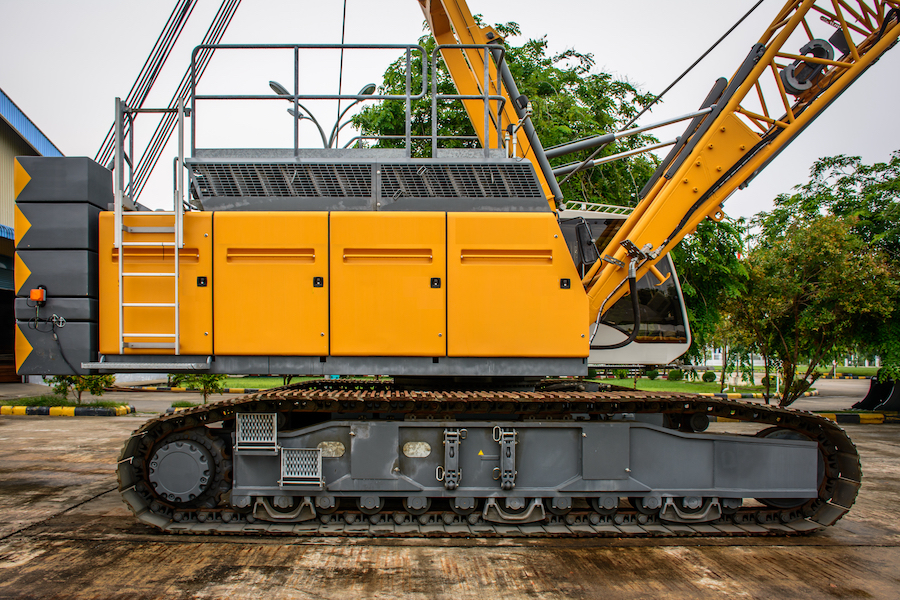
13. Determine, through interview and observation, if safety devices and operational aids are functioning through interview or observation. For example, it is possible that employees can be doing other things to compensate for aids and devices that are not functioning properly. For operational aids that are not functioning and have not been repaired, determine whether parts are on order. If parts have been received, document the date of order and/or receipt.
14. Visually inspect the hoisting equipment, components, and load line for visible deficiencies. If needed, use binoculars to examine ropes that cannot be inspected closely from a safe position.
15. Ask what loads have been lifted and how the operator and/or rigger are determining the weight of the load. For example, are they using a bill of lading or marked weight, the load moment indicator, or crane scale? Verify that the weight of the load(s) was within the capacity of the equipment or below 75% of capacity if a load moment indicator was used.
16. Verify that qualified riggers are being used.
17. When Assembly/Disassembly is being performed, ask who the A/D director is and verify whether this person is at the worksite. This could be one person or a competent person who is assisted by one or more qualified persons.
18. If there are mechanics and/or oilers working on or near the equipment:
- By observation and interview, verify their qualifications regarding the work being performed.
- Ask how they are communicating with the operator when the equipment is being operated.
Stay safe out there.
View the complete article here.
Why is crane inspection crucial on construction sites, and what are some key areas to focus on?
Crane inspection is vital for safety, with key focus areas including ground conditions, repairs, power line safety, signal person qualifications, communication systems, adherence to lift plans, and more.
What are the essential steps to verify during a crane inspection, from operator qualifications to equipment and wire rope inspections?
Verify operator qualifications, communication systems, adherence to lift plans, inspection of rigging equipment, availability of load charts and manuals, functioning safety devices, visual inspection for deficiencies, and proper weight determination for lifted loads.






































